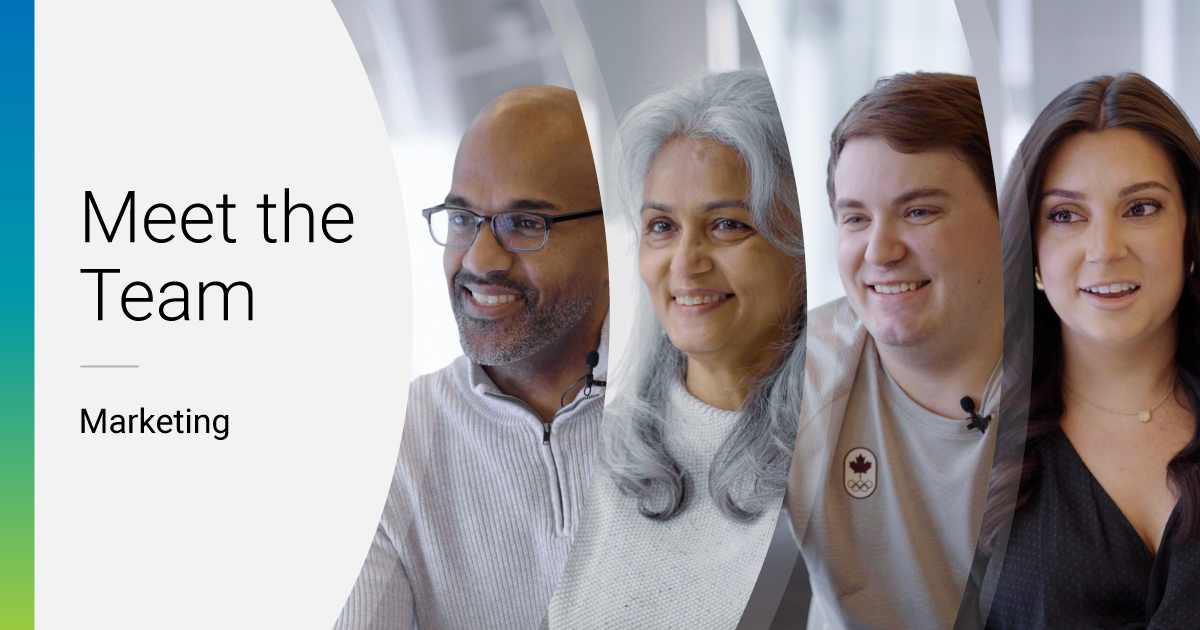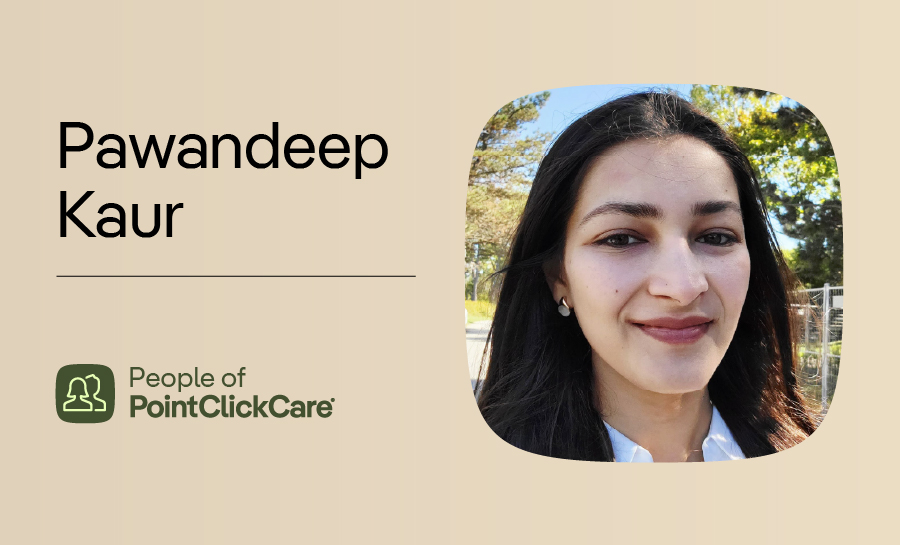As an industry, healthcare strives to improve population health and care outcomes for patients. But when outcomes are being improved for only certain segments of the population, these goals fall short.
In the first episode of PointClickCare’s new podcast, our own Dr. Ben Zaniello, a practicing infectious disease doctor and Chief Medical Officer at PointClickCare, is joined by Jessica Burkard, the Director of Community and Provider Engagement at Avamere Living, and Enrique Enguidanos, emergency medicine physician and CEO of Community Based Coordination Solutions. Together, the three define what health equity means to them, explore its role in achieving better population health, and discuss how the industry can work together to ensure better outcomes for all patients.
What is health equity?
According to Jessica Burkard, health equity is achieved when every person has the opportunity to attain his or her full health potential, regardless of social position or other socially determined circumstances. And while discussing the challenges of health equity is the first step towards solving them, all guests agreed that we still have a long way to go before access to healthcare is truly equitable.
Dr. Ben Zaniello noted that White populations have historically performed very well when it comes to health outcomes because the healthcare system was designed with White patients in mind. Meanwhile, for minority populations, including indigenous, Black, and East Indian patients, we’re seeing a huge disparity in their health outcomes around basic diseases. This begs the question: What is mainstream medicine if it’s not actually helping the majority of the population?
“There are at least four cultures in every healthcare exchange – the patient’s, provider’s, institution’s, and the culture of biomedicine,” Burkard explained. “When there’s a lack of knowledge around the patient’s culture and those family dynamics, we’re unable to deliver proper medical care.”
The role of communication in population health
The social determinants of health, defined as the non-medical factors that influence health outcomes, play a huge role in a person’s ability to seek out medical care. For example, no matter how readily available physicians make themselves, certain social roadblocks – such as food insecurity and language barriers – will persist as barriers to care, and we need to continue to knock them down by looking at communities holistically.
To illustrate this concept, Enguidanos brought up the concept of the birth doula and how helpful doulas have been for minority communities. A large part of this improvement has been the doula’s ability to act as an interpreter of the socioeconomic issues that a Black or minority mother is undergoing that a mainstream physician may not understand. The doula is able to ask questions in a way that connects to the patient, while helping to identify high-risk issues throughout the pregnancy so that the patient and child can receive better care. “It’s so simple – to have someone in there to help interpret and develop the questionnaire during a pre-natal visit, and yet it was making such a difference,” Enguidanos explained. “As providers, we’re trained in the scientific model, and I think we can listen better to our patients to understand how to really deliver medicine beyond that scientific approach.”
“Outside of the scientific and tactical pieces of healthcare, it really comes down to the communication,” added Burkard.
How is the industry working together to ensure better outcomes for all patients, regardless of race, age, socio-economic background, and more?
While many communities do have the necessary healthcare resources in place, more work needs to be done to help patients engage with those resources at their time of need. To accomplish this, it’s crucial for care teams to value patients’ lived experiences and remain cognizant of community issues. One example of this would be Avamere Living’s partnership with Meals on Wheels to support their discharged patients who divulged issues of food insecurity in their homes. By developing these community partnerships proactively, care teams can prioritize preventive care vs. acute and help residents move seamlessly through the care continuum.
A related topic of focus on this episode was the “high utilizer,” or person who frequently turns to emergency services for care – for anything from a fall to an empty fridge or lack of transportation to a doctor’s appointment. These individuals are less likely to get the services they need on a preventative basis and often rely on emergency services and hospital systems to address challenges outside of their scope, leading to poor clinical outcomes and greater financial burden.
To this point, Burkard brought up a project she worked on in Washington called the Community Paramedicine Project. This project was started by the fire departments after they’d received repeated phone calls for medical, social, and environmental emergencies, which took time away from the essential services they were meant to provide for others. As a first step, PointClickCare software helped these firefighters identify high-risk patients in their area. From there, they were able to use this information to partner with other community health organizations to try to address the social and environmental issues causing “high utilizers” to turn to EMS so frequently. “The outcomes were huge – with just 250 patients, they were able to see a cost savings of almost $7.2 million for Medicare,” Burkard shared. The episode wrapped with one simple but crucial reminder: as an industry, we must continue to listen to patients. By better understanding each patient’s unique struggles, we can finally achieve the goal of improving care outcomes for all.







